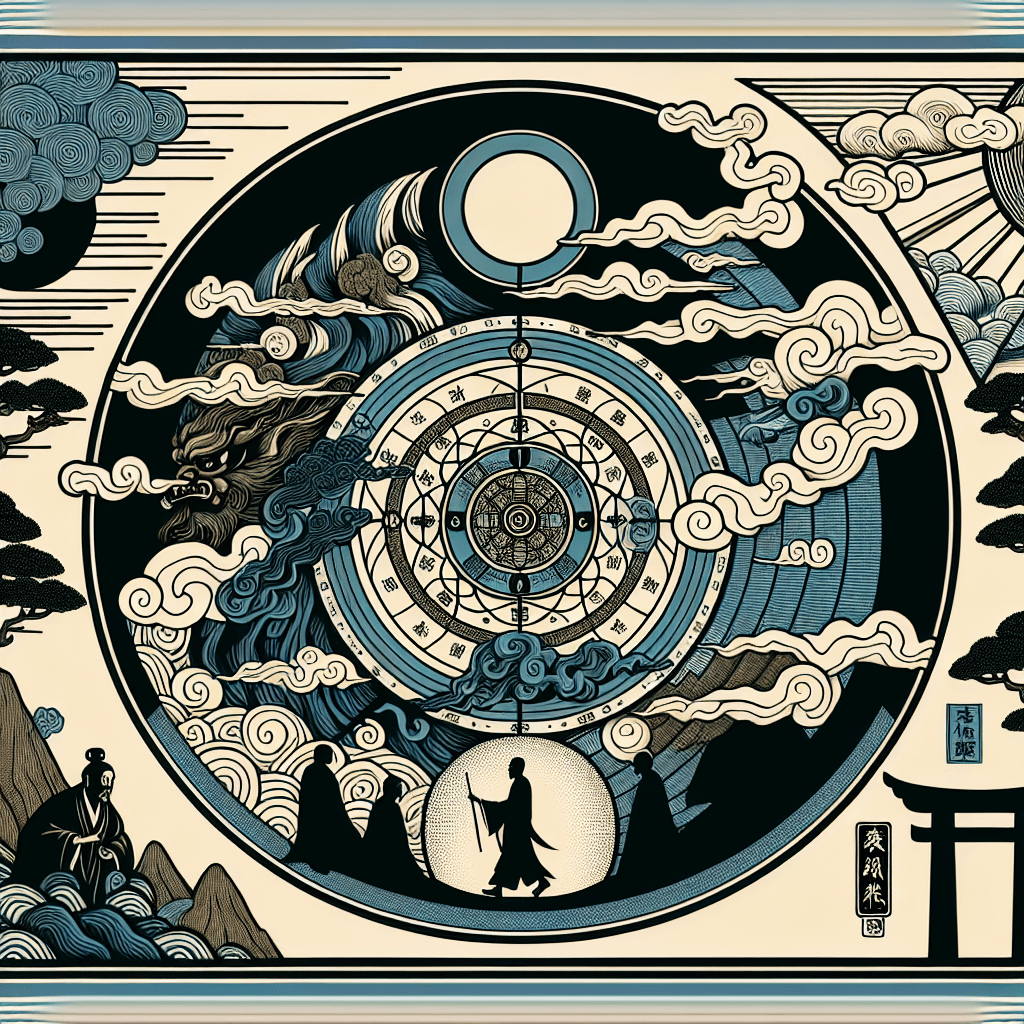

syndu | Sept. 22, 2023, 3:44 p.m.

Introduction:
The I-Ching, also known as the Book of Changes, is an ancient Chinese divination text and among the oldest of the Chinese classics. With a history of more than two and a half millennia of commentary and interpretation, the I-Ching is an influential text read throughout the world. It provides wisdom on philosophical, ethical, and moral questions. But at its core, it's a system based on binary mathematics. Let's delve into understanding the math behind the I-Ching.
The I-Ching is based on 64 hexagrams, each composed of six lines. These lines are either broken (yin) or unbroken (yang), representing the two fundamental forces of the universe. Each hexagram represents a specific state or phase of the universe, and the interpretation of a hexagram provides insight into the nature of a situation and the best course of action.
The binary nature of the I-Ching's hexagrams aligns with the binary number system used in modern computing. Each line in a hexagram, being either broken or unbroken, can be represented as a 0 (for yin) or a 1 (for yang). Therefore, each hexagram can be seen as a binary number, with the bottom line representing the least significant bit and the top line representing the most significant bit.
For example, the hexagram with all unbroken lines (all yang) can be represented as 111111 in binary, which equals 63 in decimal. However, in the I-Ching, hexagram numbers start from 1 instead of 0, so this hexagram is number 64.
In traditional I-Ching divination, hexagrams are generated using a random process, such as tossing coins or counting yarrow stalks. This introduces an element of chance, which is interpreted as the influence of the divine. In a digital context, this random process can be simulated using a random number generator.
"The I-Ching is a fascinating blend of philosophy, spirituality, and mathematics. Its binary structure aligns with modern computational systems, making it a timeless piece of wisdom that is still relevant in the digital age."
By understanding the math behind the I-Ching, we can appreciate it not only as an ancient divination tool but also as an early form of binary computation.